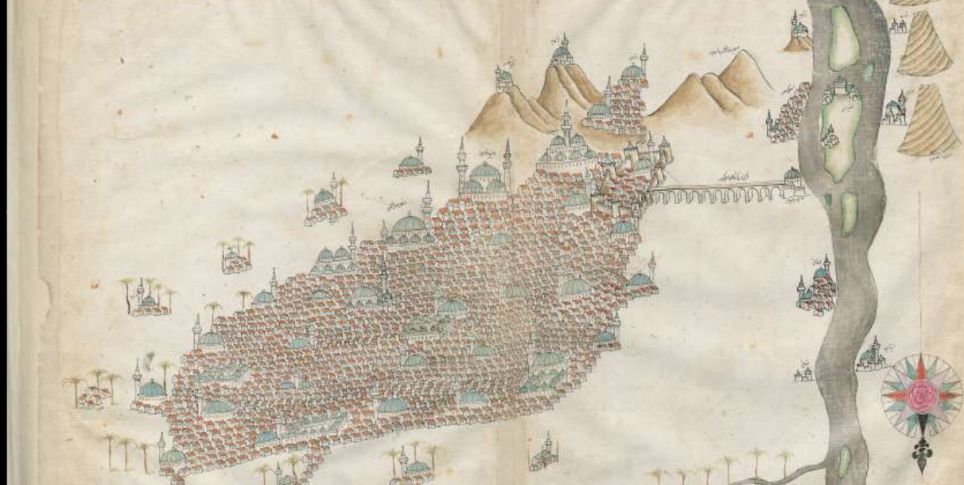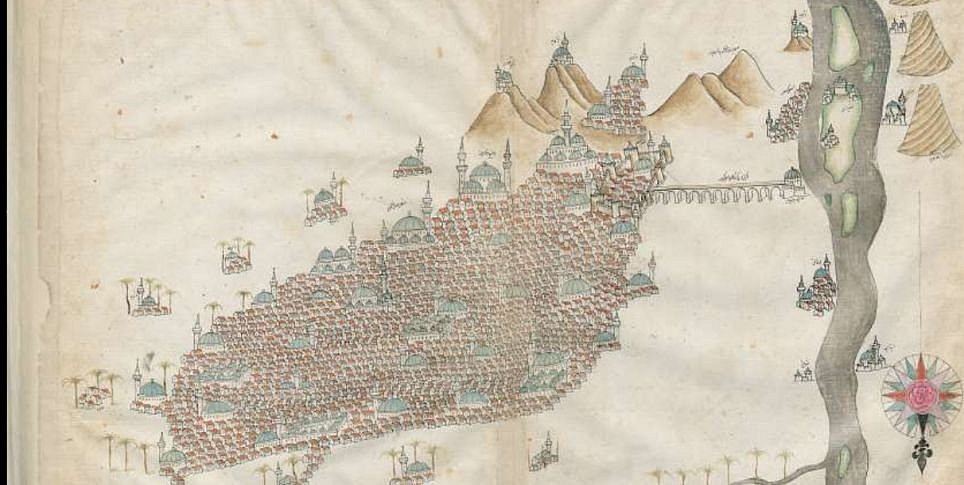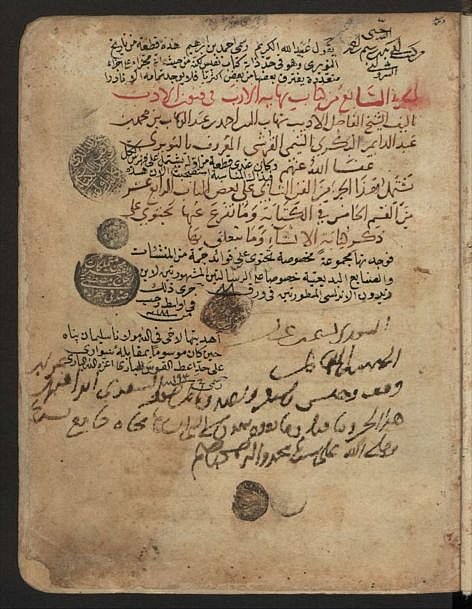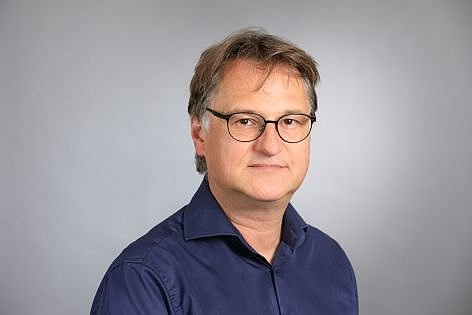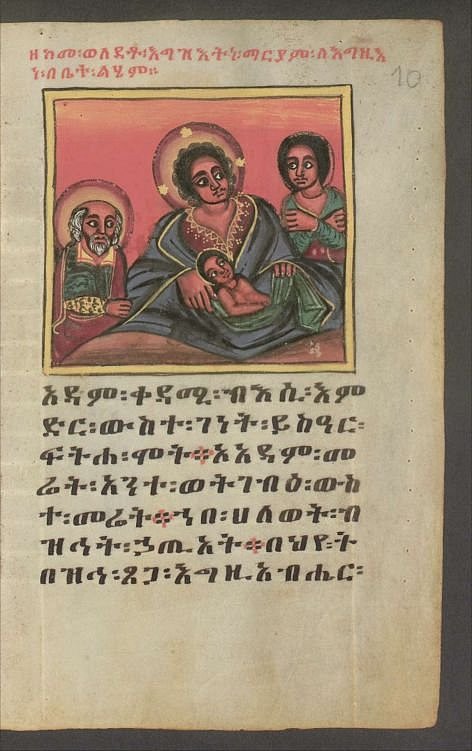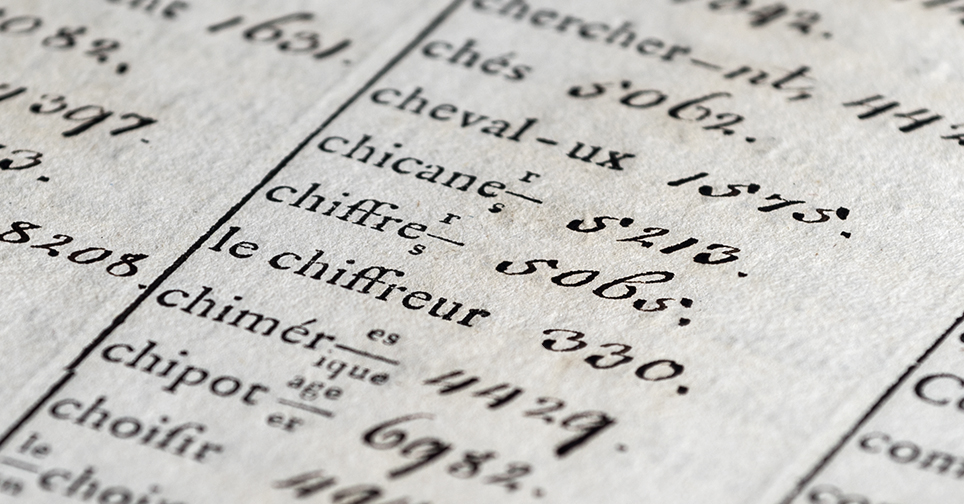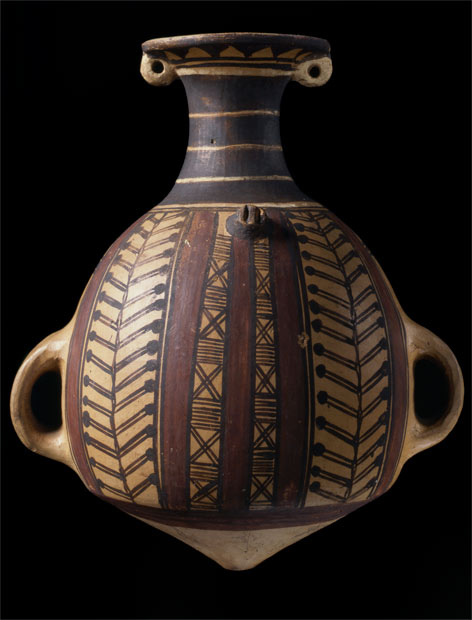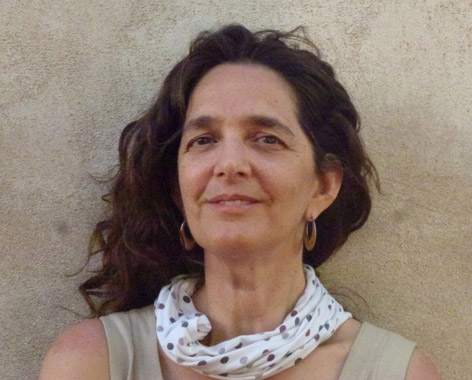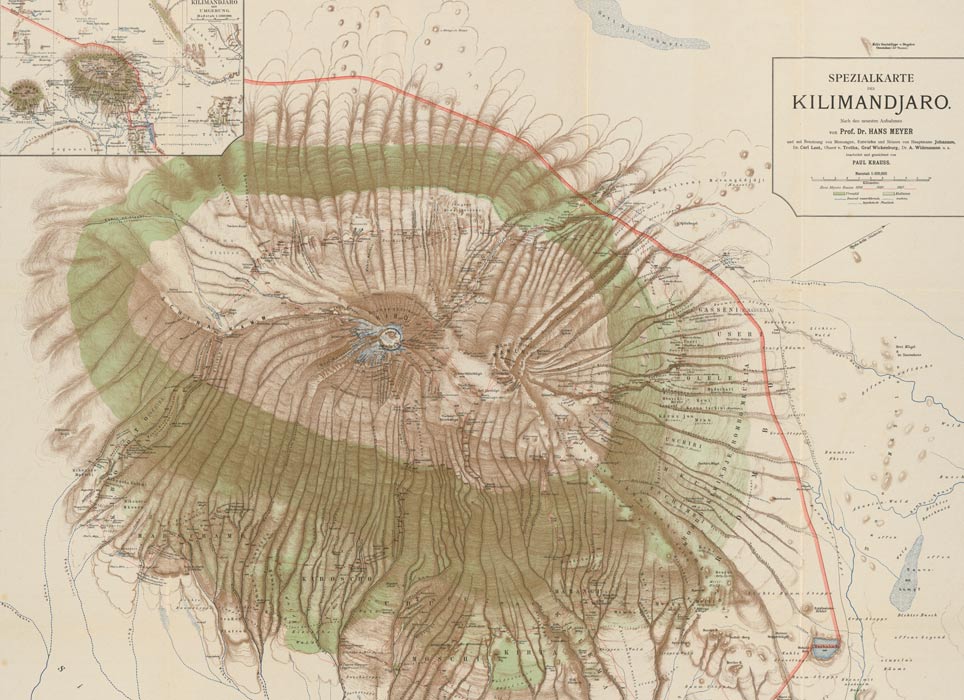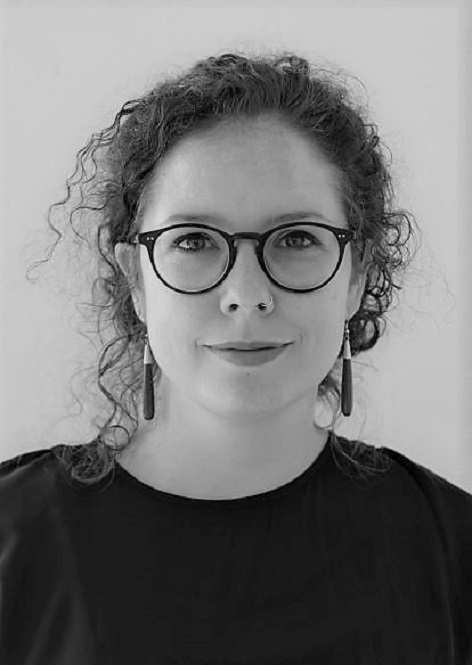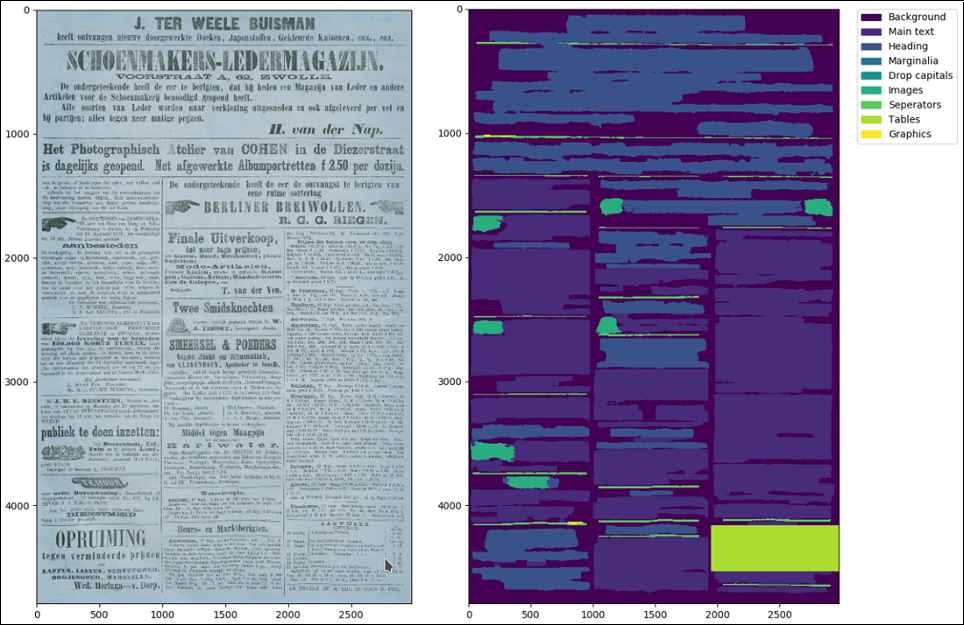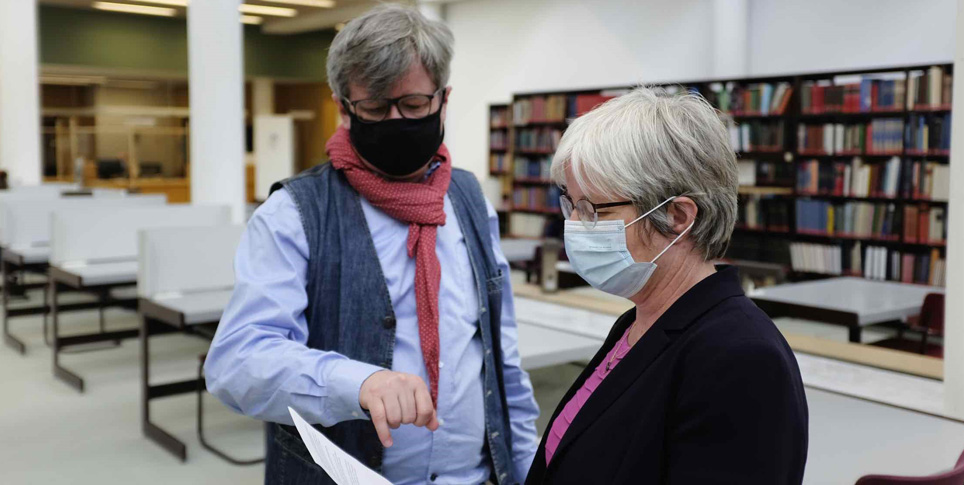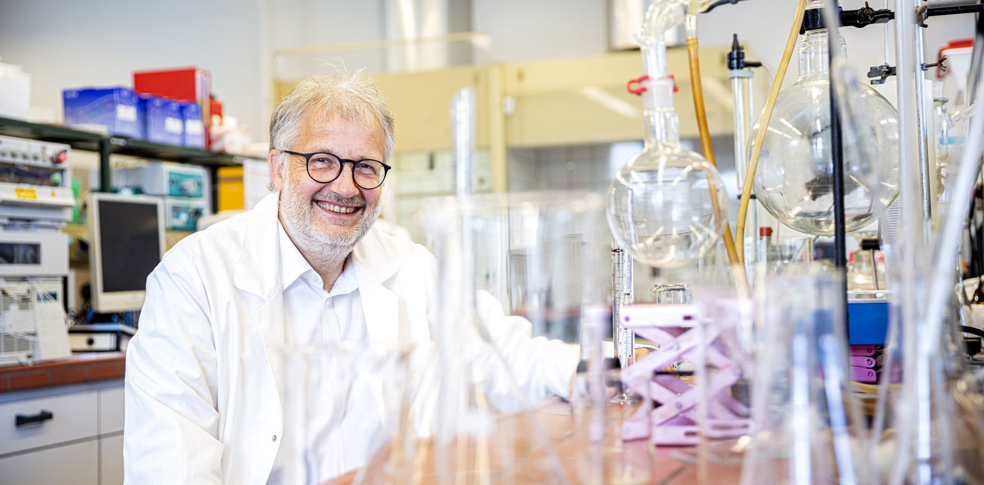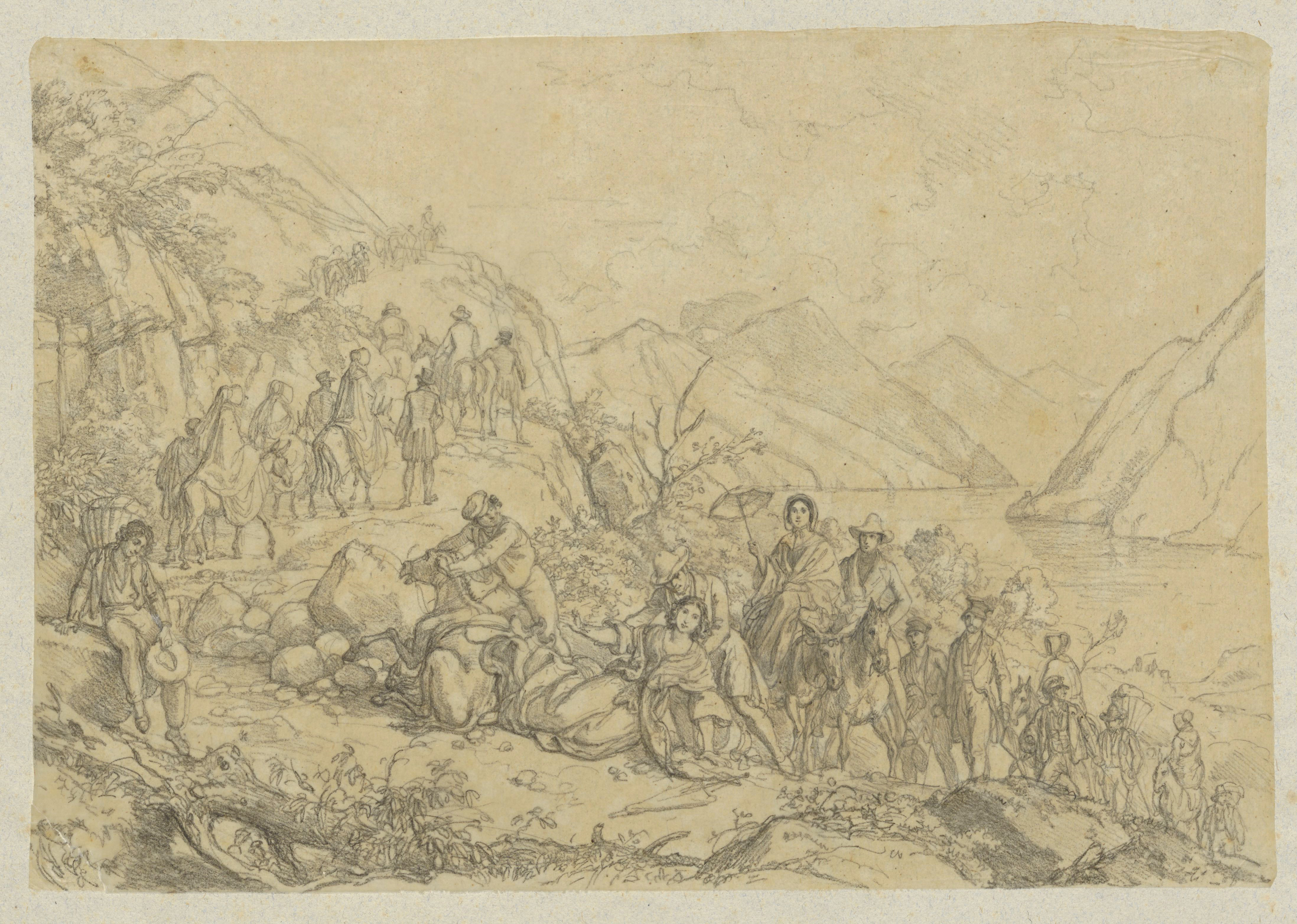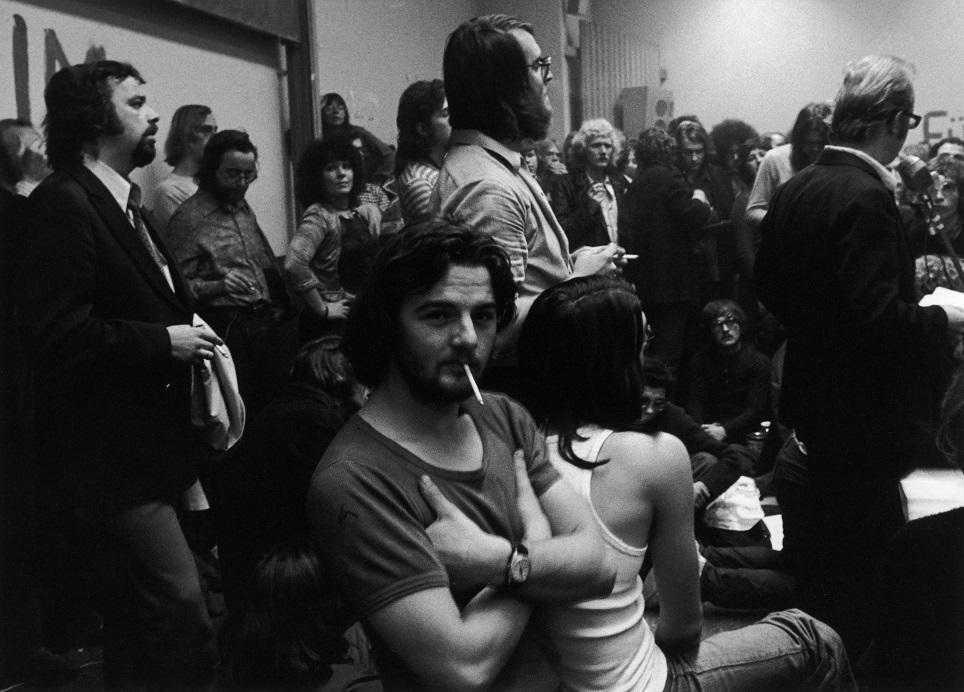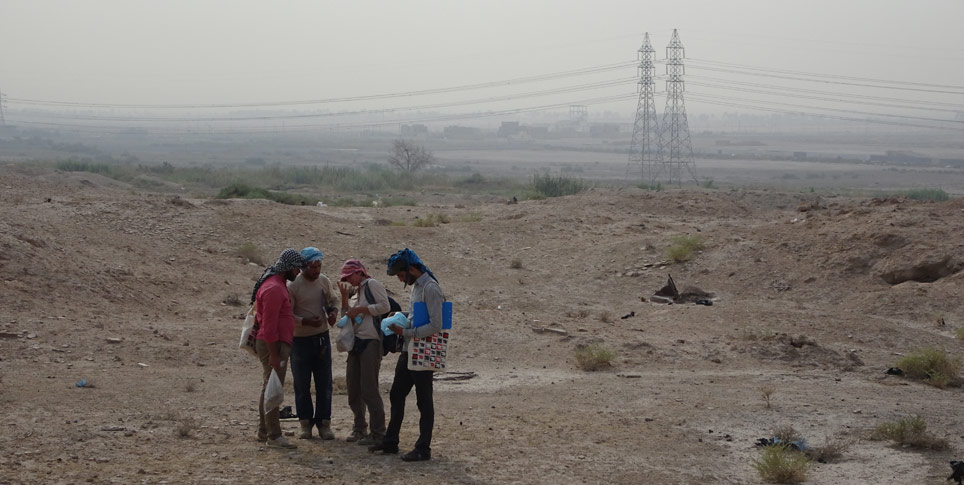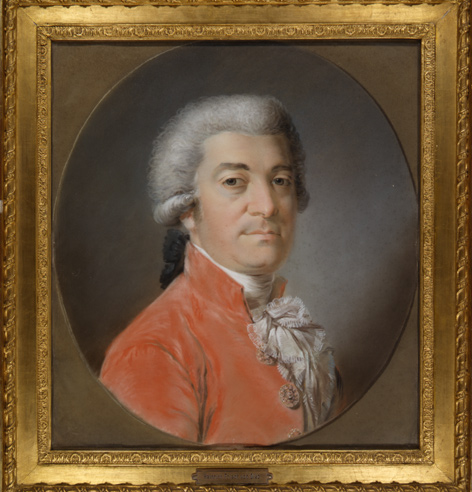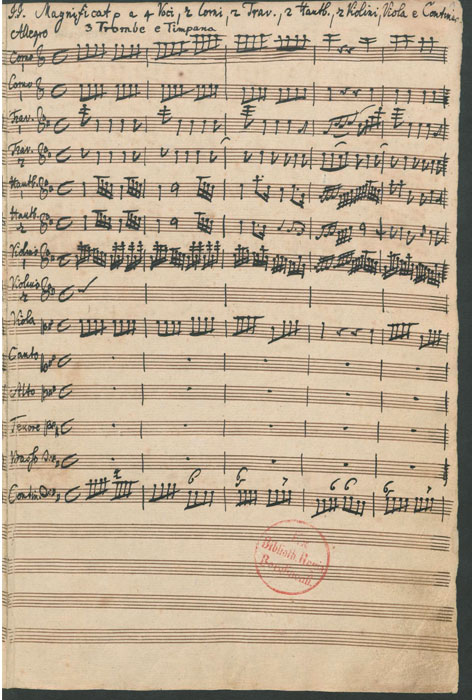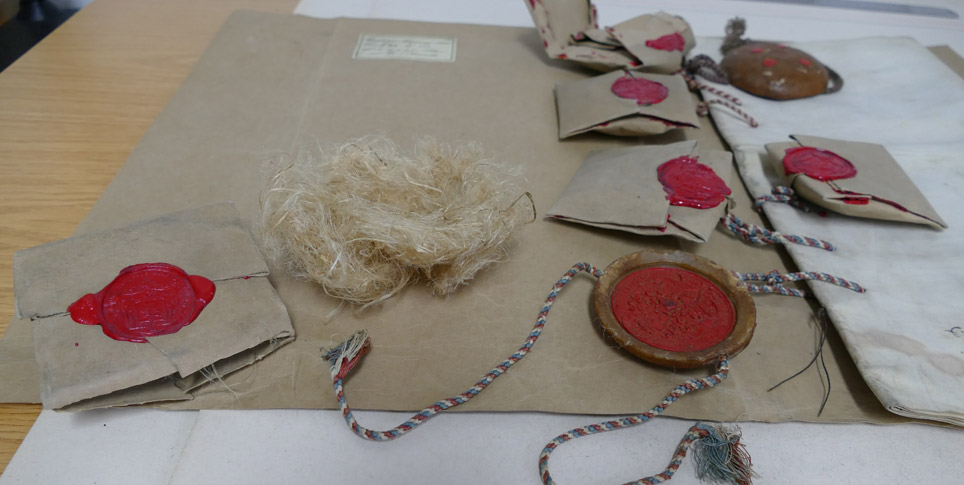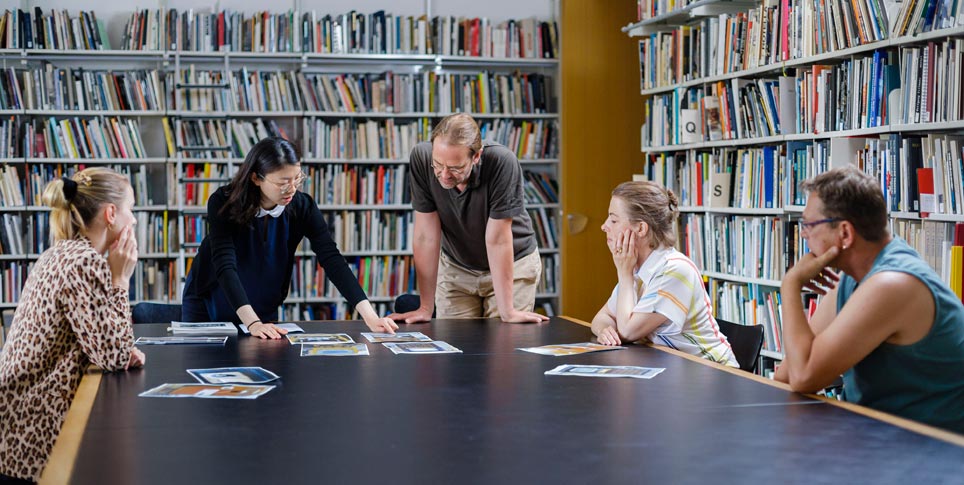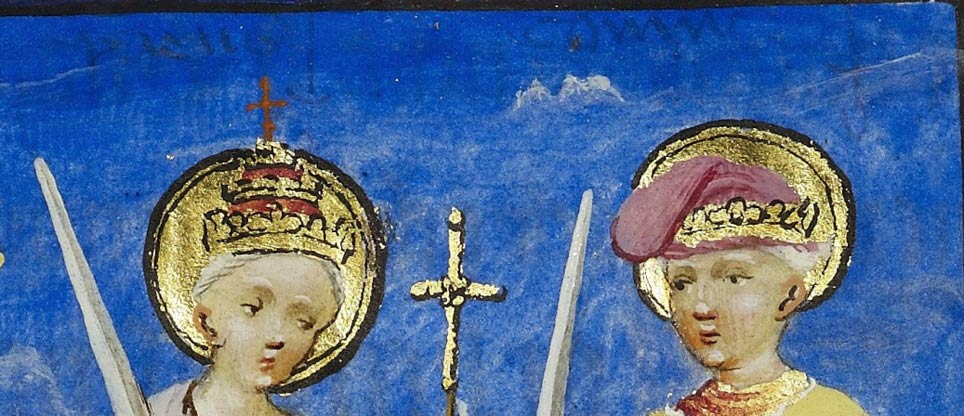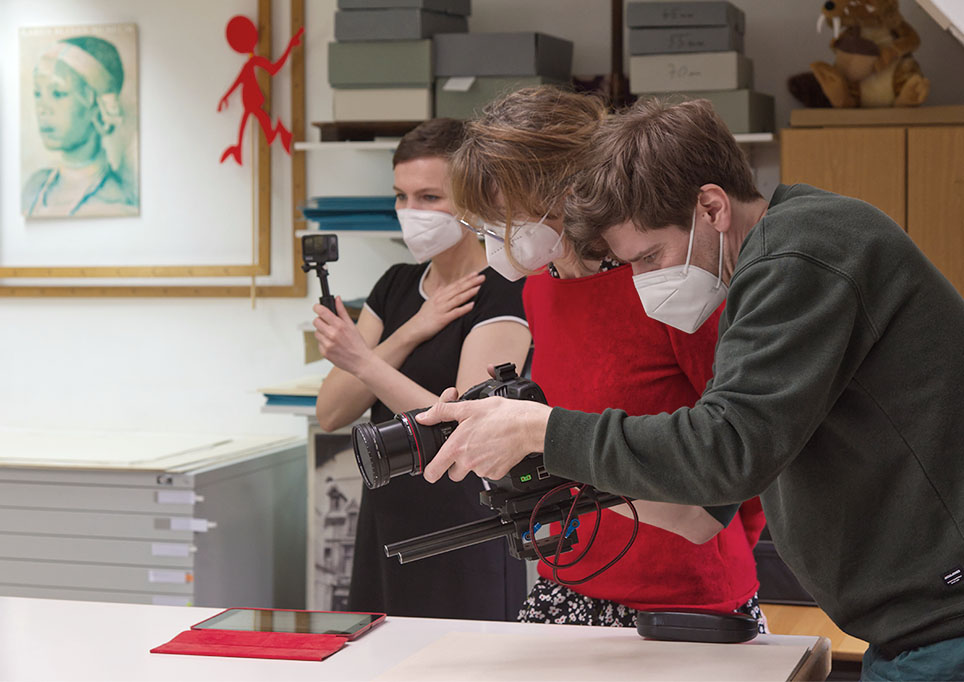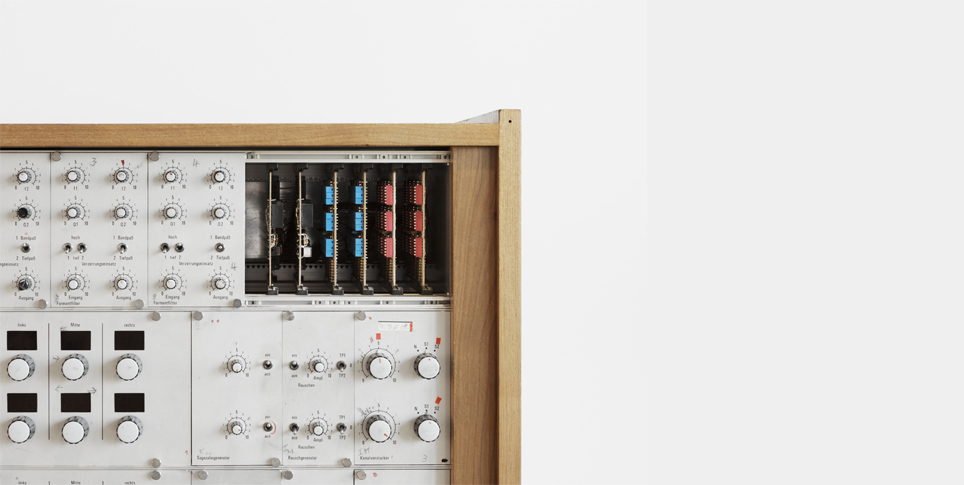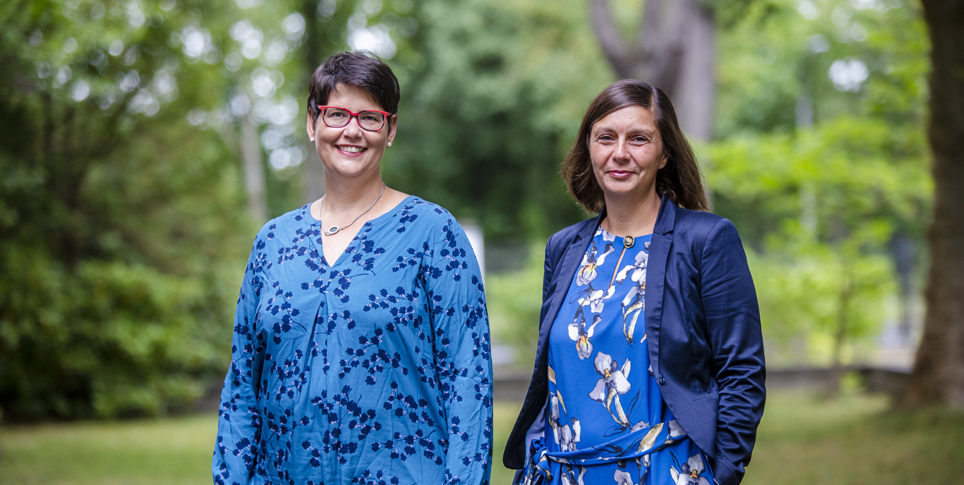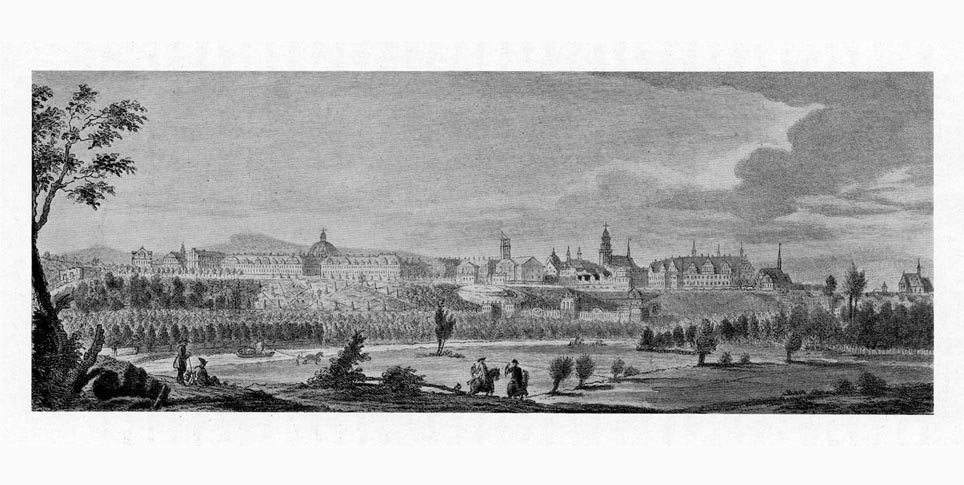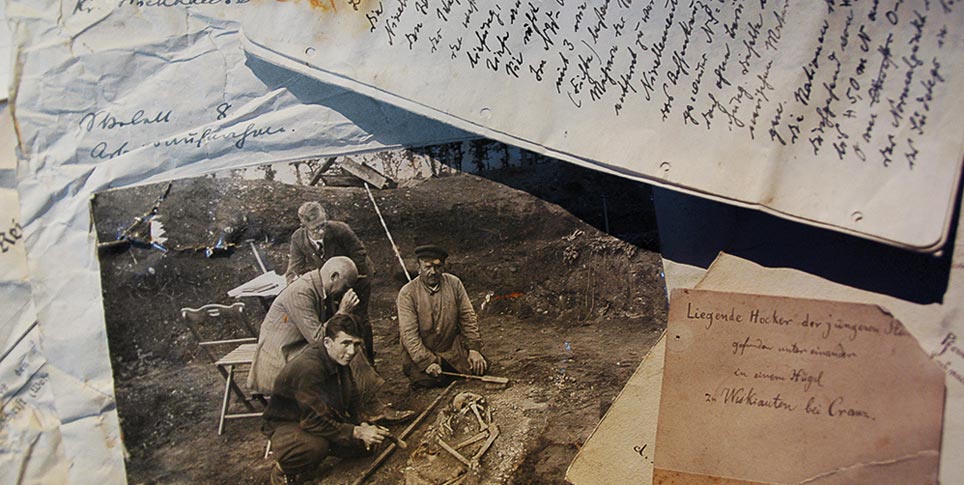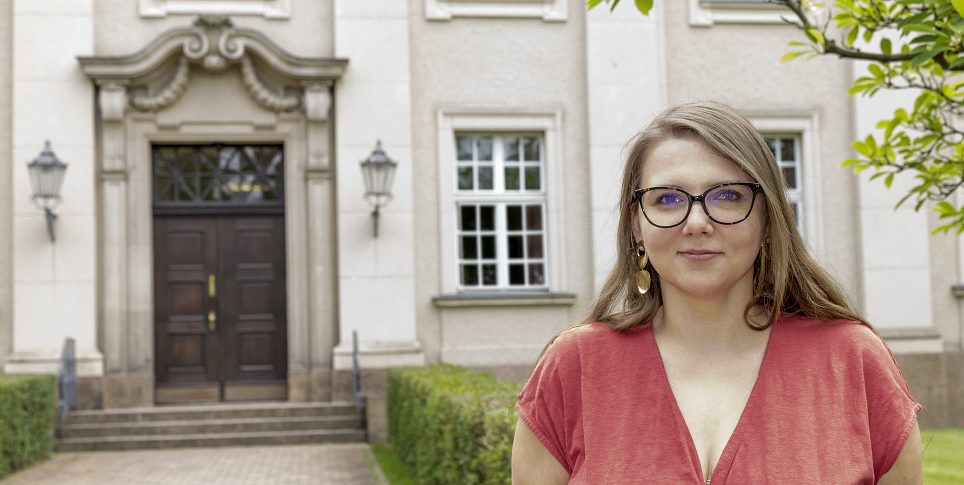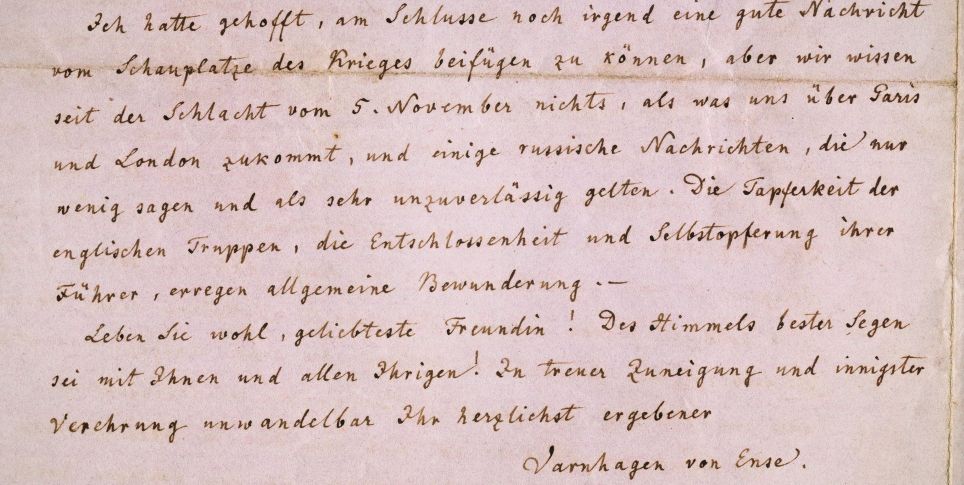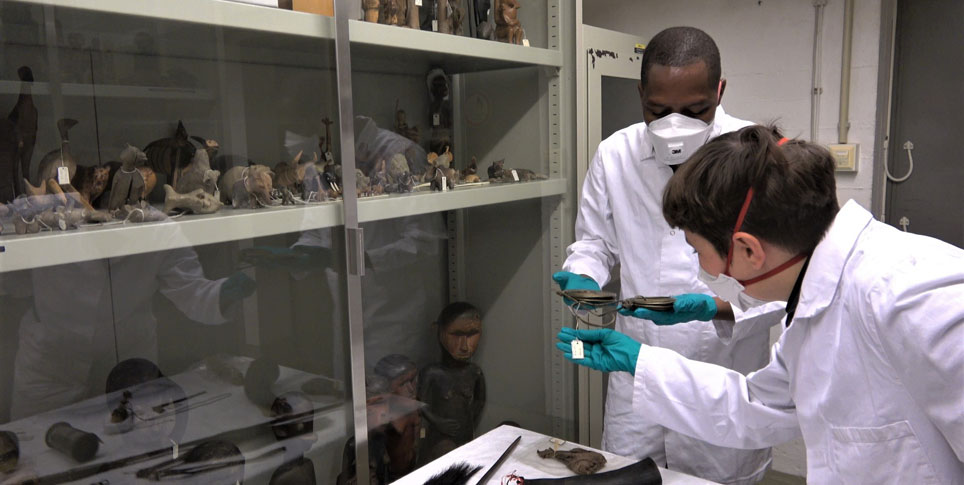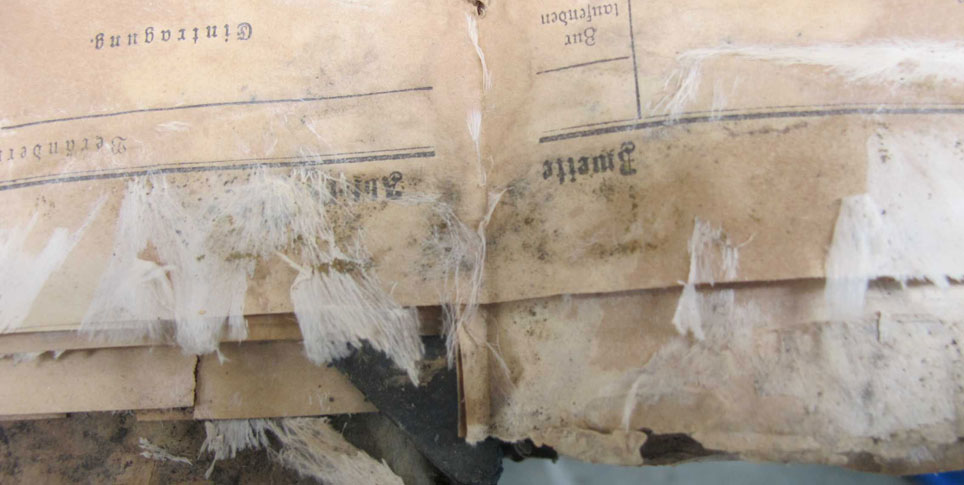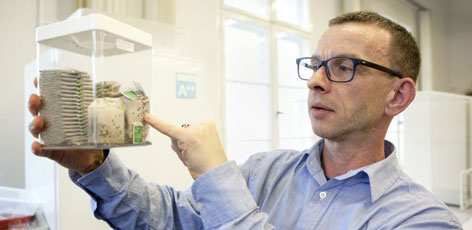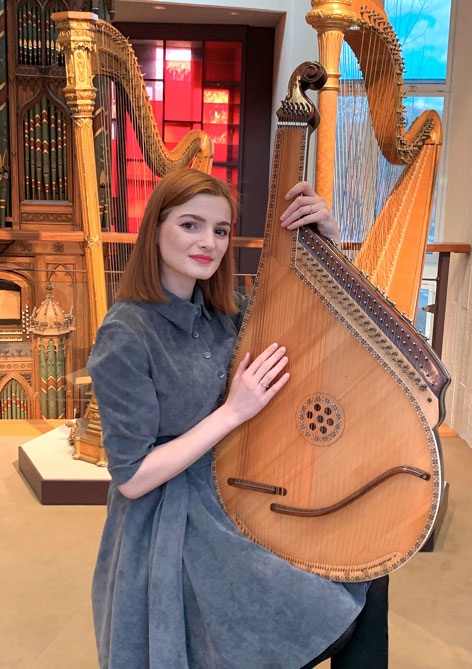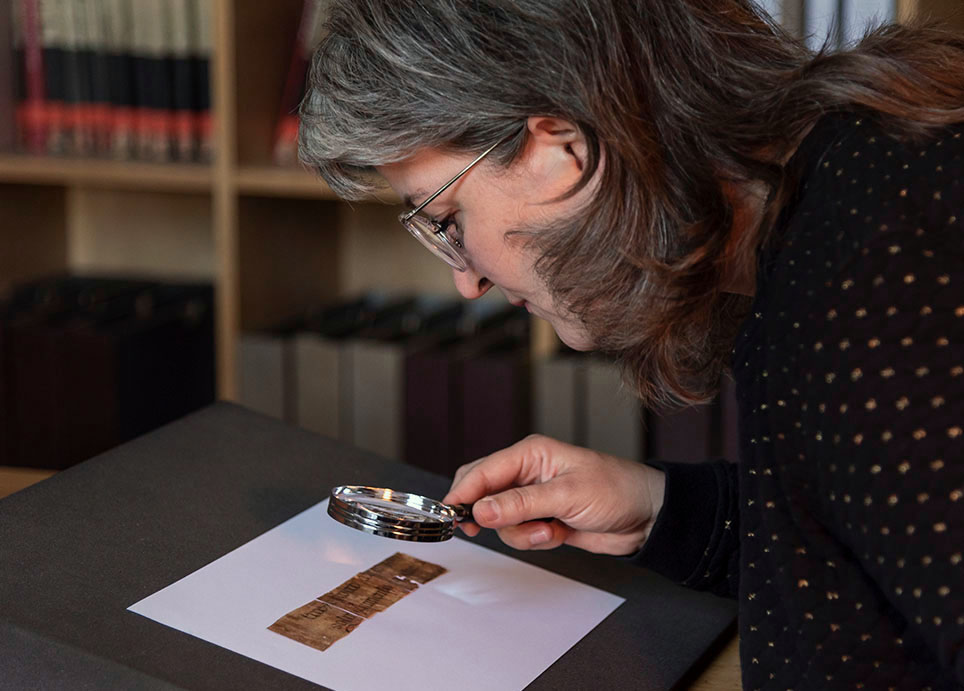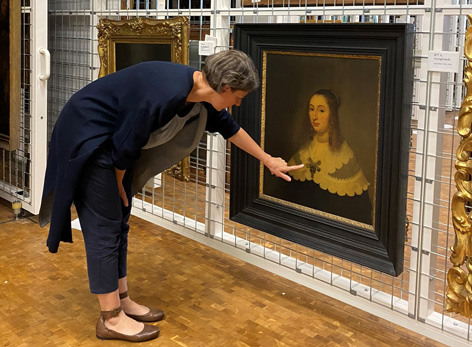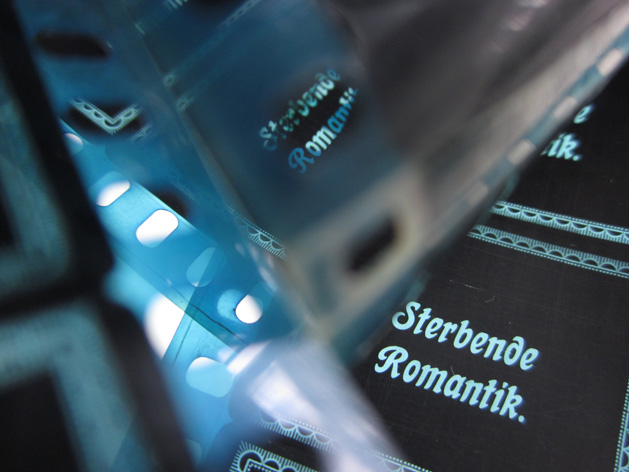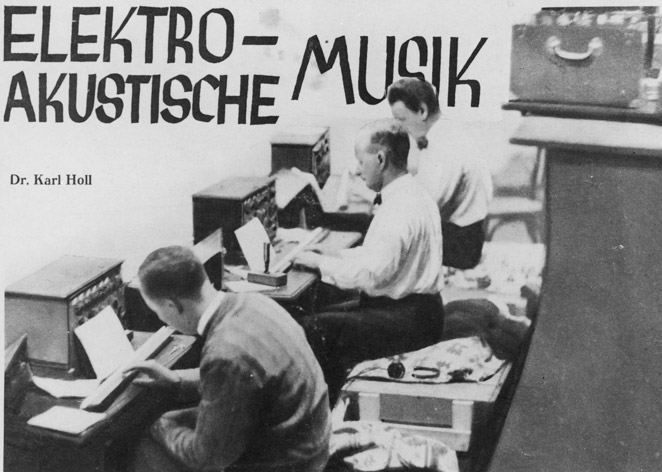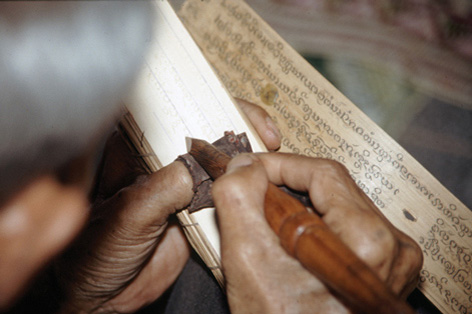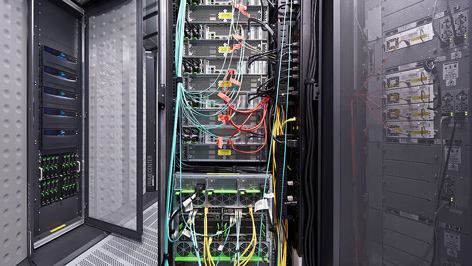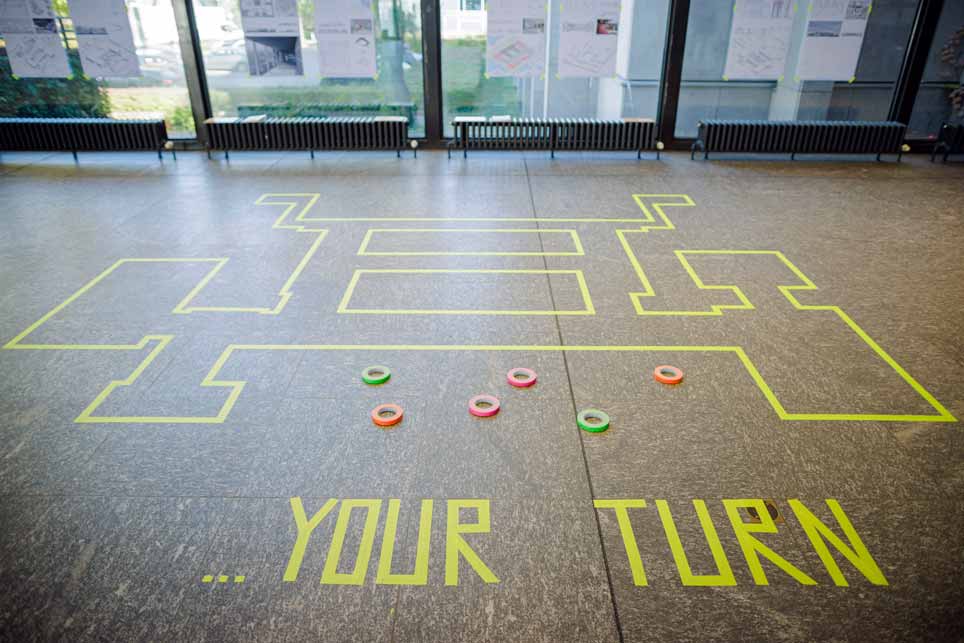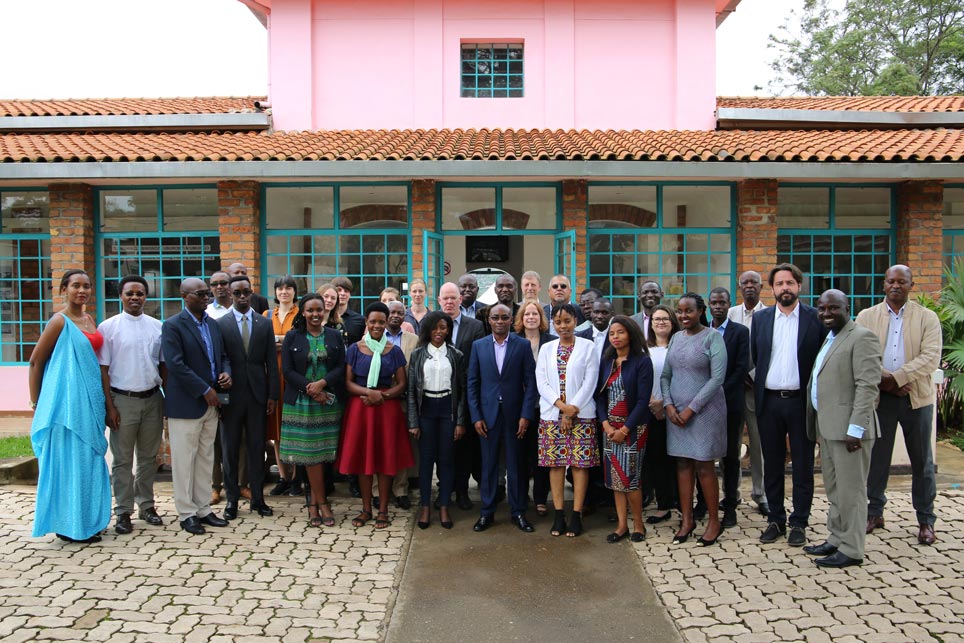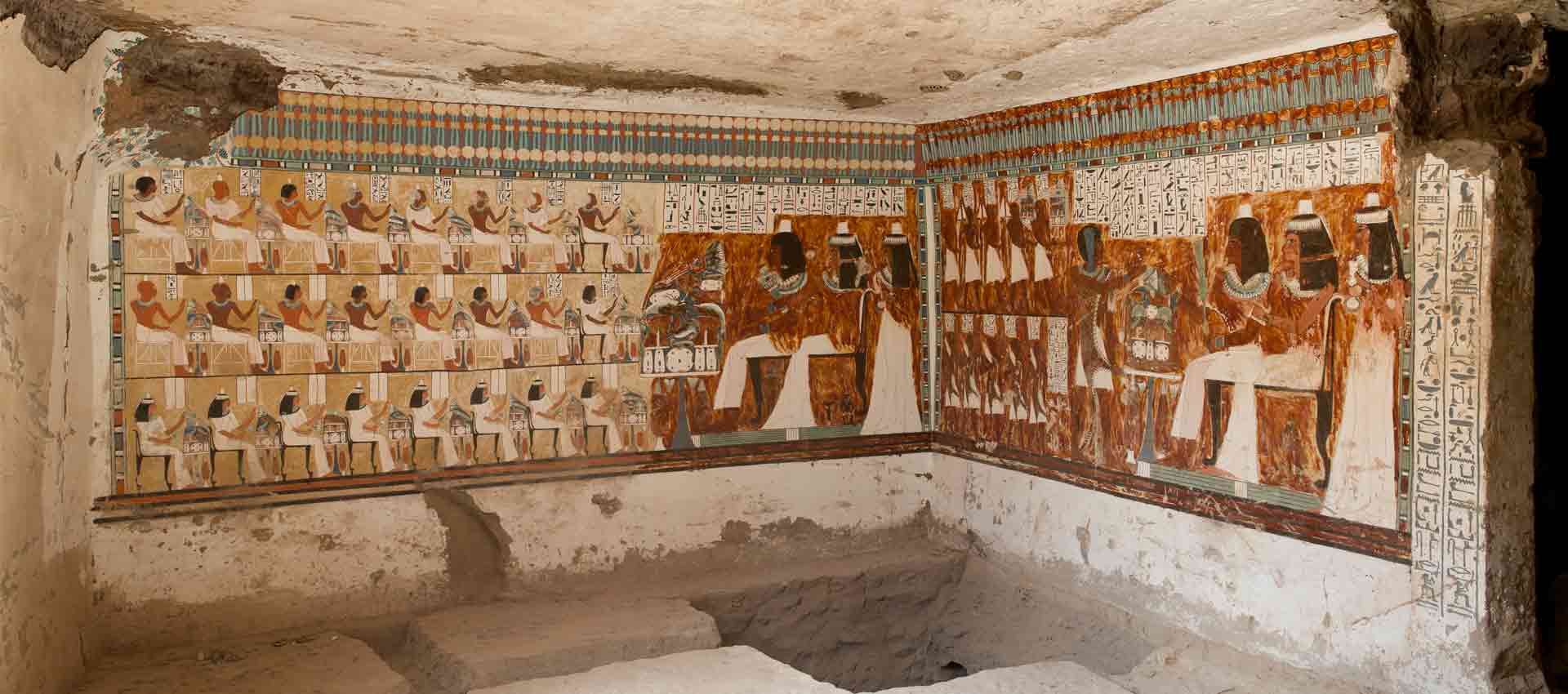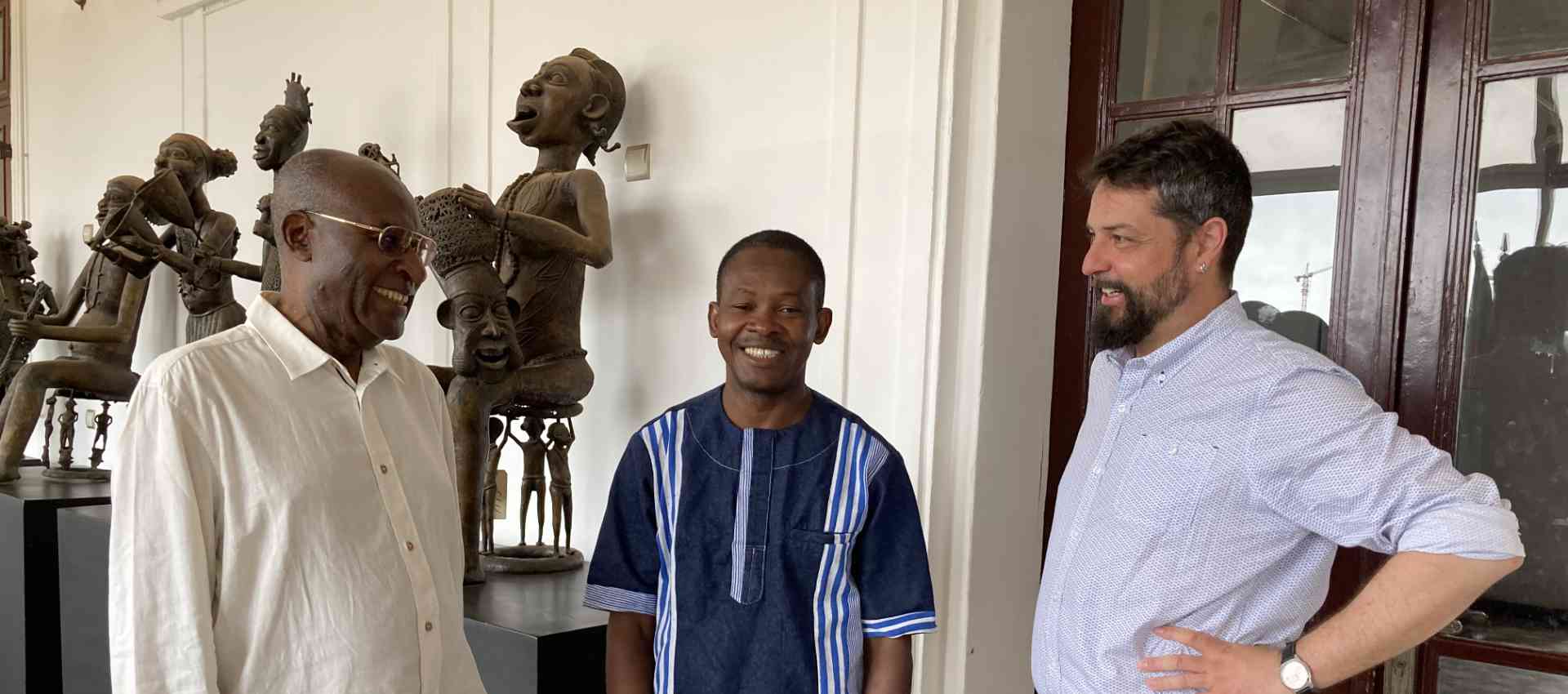The online portal Qalamos is the first database of all the oriental manuscripts in German collections. Christoph Rauch from the Staatsbibliothek is the project director. From the beginning, he has been overseeing the search for these sometimes ancient sources.
Countless subjects are dealt with in Oriental manuscripts. These documents might include a treatise on the Nile, a report about the miracles of St. Mary, or the diary of an Ottoman military doctor. Innumerable handwritten or block-print manuscripts of this kind in Asian and African scripts have made their way over time to Germany, where they are now held in libraries, private collections and museums. For the first time, there is now a website where all of these manuscripts are listed.
In 2020, under the direction of the head of the Oriental Department of the Staatsbibliothek zu Berlin (Berlin State Library), multiple teams at various institutions began transferring the descriptive data on oriental manuscripts in Germany to the new Qalamos website. “Over the course of the project, we have recorded 20,000 manuscripts, but there are far more in the database, because many had already been recorded during older projects and could simply be incorporated,” says Rauch. The database currently contains about 150,000 records and makes it possible to find writings composed in 162 languages and 81 scripts, which are now held at numerous locations throughout Germany. “In the medium term, we want to develop the site to the point that anyone can use the portal to seamlessly carry out research on any manuscripts in German institutions,” says Rauch.
The project is being carried out as part of the German Research Foundation (DFG) project “Orient Digital” and involves specialists from the Bayerische Staatsbibliothek München (Bavarian State Library), the Forschungsbibliothek Gotha (Gotha Research Library), the Staatsbibliothek zu Berlin and the Universitätsrechenzentrum Leipzig (University Computing Centre Leipzig). In addition to the large collections, more than twenty other institutions throughout Germany are participating in the project via cooperation agreements.
The Qalamos website is divided into three modules that focus on manuscripts, people, and titles respectively. The manuscript datasets contain information about the title, author and content of a text, as well as the physical material on which it appears and the provenance of the item. The people module contains standardized data on all of the people associated with a certain manuscript, from the author and copyists to the last owners. Finally, the titles module has information on the known copies of a work as well as links to commentaries, translations, and texts related to the work.
“Qalamos is basically a central catalog or inventory of all the manuscripts,” says Christoph Rauch. That means that users of Qalamos can find out whether a certain manuscript even exists in Germany, and if so, where. They can also immediately locate associated works, other versions and copies, including digital copies, if available.
Not all manuscripts in Germany have been listed yet. Nevertheless, a search for a certain manuscript can lead to some unexpected places at times, such as the Gymnasium Christianeum secondary school in Hamburg. “That’s a completely normal secondary school,” says Rauch, “but the school library has eleven medieval Arabic manuscripts – and now they can be found through Qalamos.” How the manuscripts got there – maybe as part of the private library of some champion of the Enlightenment? – is a topic for itself. They show, however, that Qalamos opens up exciting new approaches for fields like provenance research too, because without the website, hardly anyone would have learned of the existence of the manuscripts in the school library.
But how did the specialists in the project come upon the information that they have listed in the Qalamos database? “First, we contacted all of the libraries in Germany that we knew held collections of Oriental manuscripts,” recounts Rauch. “The small institutions, especially, were often glad that we inquired, because they generally lack the specialists and the capacity to properly review and catalog these materials,” he continues. Once contact is made and the manuscripts have been viewed, the work begins: the specialists in the project take the printed catalogs, which often extend back to the 19th century, and systemically search them for information about the manuscripts in question. This information is then systematically entered in the database through an online input mask so that, ultimately, all of the information stored in the database is of the same quality and accessible in the same format. “This isn’t just a matter of copying things over,” explains Rauch. “Because the old catalogs, especially, usually contain complete descriptions from which the catalogers then have to painstakingly extract details like content summaries, dimensions, script style and so forth.” The information about the title and the author are recorded both in the original Arabic script and in Latin letters, in a professionally transliterated form. And then the information must be compared and reconciled: Is everything still up to date? Is there new knowledge about a work? Christoph Rauch and his team have estimated that each dataset takes about 45 minutes to complete, and given that there are some 20,000 datasets to process, theirs is a truly colossal task – and one that requires extensive specialized knowledge.
The result is a milestone for the fields of research concerned, because Qalamos can now be used to easily search through more than 150,000 high-quality, up-to-date datasets, and because they can be searched by subject matter, according to historical or regional criteria, or based on the institution that holds the manuscripts. Naturally, users can search in the other direction as well: when manuscripts are referenced in the literature, the Qalamos system can be used to quickly identify where the given document is located – and whether a digital version is already available online.
“The digitization of holdings and the development of advanced databases like Qalamos have definitely given research a boost,” says Rauch. “Whereas before, you had to drive to a different city and make an appointment in the local library – in the hope of actually finding what you were looking for – you can now simply access the catalog online from anywhere in the world and conduct your research.” This new flexibility and the variety that is now presented much more clearly through Qalamos and other databases also open up new vistas and fields of research. For instance, a researcher from the Sächsische Akademie der Wissenschaften (Saxony Academy of Sciences and Humanities) was able to reconstruct parts of a private, Arabic-language library from Syria, the manuscripts of which are located in a variety of collections (Gotha, Tübingen, Leipzig, Berlin). These research results are also visible in the database. As this example shows, Qalamos is a game changer for provenance research, too.
There is nevertheless still a great deal of work to do in this field. Throughout the world, library holdings and manuscripts are frequently still not catalogued adequately and are therefore difficult to find. In the second phase of the project, the work will therefore be continued and extended, as Rauch explains: “From 2023 to 2026, we intend to expand the project internationally and catalog holdings outside of Germany, too.” Some initial partners – from the Netherlands, Finland and Switzerland – have already been found. “This is world heritage, after all,” says Christoph Rauch, so opening up these holdings is an important and useful task internationally, too.
